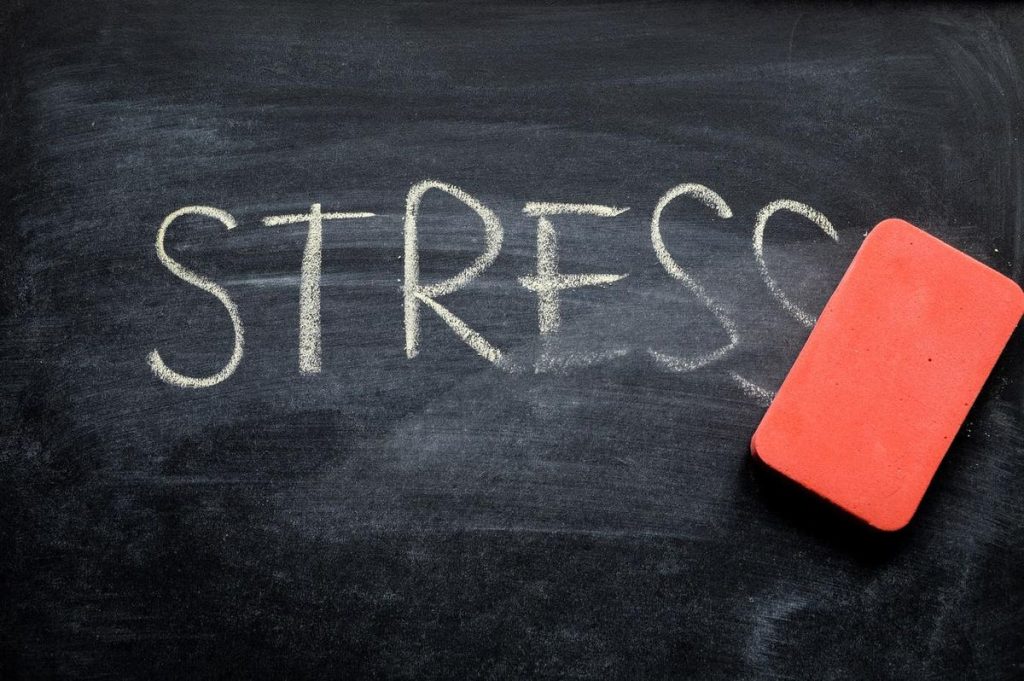I recently spoke with Rob Cross, coauthor of the book The Microstress Effect with Karen Dillon.
Cross is currently the Edward A. Madden Professor of Global Leadership at Babson College in Wellesley, Massachusetts; he is also the co-founder and director of the Connected Commons, a consortium of over 150 organizations dedicating to improving the way organizations and individuals work through research. Karen Dillion is the co-author of three books with Clayton Christensen, including the New York Times best-seller How Will You Measure Your Life? A former editor of Harvard Business Review, Dillon is also a current member of the faculty of Intermountain Healthcare Leadership Institute.
In our discussion, I asked Cross: What is a microstressor, and how can not dealing with microstressors have a deleterious effect on someone’s life? As I learned, unchecked microstressors can add up to burnout, health problems, and general unhappiness.
What is a microstressor?
As Cross explained in our conversation, we tend to discount stress that is not obvious—for example, stress that comes from a manager who is out to get you. Microstressors do not have a large, obvious source. For instance; say you are worried about a loved one. Over time, this worry consumes more of your wellbeing. Or you may be in a caregiving role, so exhausted that your mind doesn’t register all the stress you carry. In our hyperconnected world we are often in a state of flight or fight (whether or not we realize it), so a benign message—such as a text from a child or a message from a team member—can create stress in the body. Cross shares in The Microstress Effect that the body absorbs these microstressors, and that they can add up to physical ailments such as high blood pressure.
Create and honor boundaries.
Cross shares that a lack of boundaries can create stress. For instance: if someone pushes a star employee too hard—or a child, for that matter—they can act as the agent of stress; they both cause stress for the other person and feel the stress themselves. This one-dimensional life, in which wellbeing is wrapped up in the performance of another person, is a recipe for destruction: if you’re acting as a stress agent on someone else, you’ll burn them out—and yourself, too. Cross encourages readers who over-identify with someone else’s performance to create a bigger vision; find other ways to define progress and develop self-esteem, independent of any other person. As Cross tells readers, you have more control than you think. One key to calmness is to learn to create and honor boundaries.
Allow for serendipity and connection.
While many people are lonely and burnt out from microstressors, there is a way back to peace, Cross shares. The happiest people are not doing big things like climbing Mt Everest; rather, they are enjoying small moments and having authentic connections with others. For example, in The Microstress Effect, Cross shares a story about a Silicon Valley runner. This tech leader was an elite marathoner. A friend asked the tech leader to join her on a weekly five-mile mother/daughter run. At first, the elite runner thought: “I only want to push myself, and running with two other nonrunners isn’t that fun.” But after some thought, the tech leader accepted the invitation and enjoyed herself. To her surprise, the runs made the leader feel more purposeful and connected to her community.
This tech leader learned she didn’t have to push herself to “climb Mt Everest” every time. Cross and Dillon encourage readers to lean into this sense of community. The Microstress Effect invites reflection: what activities might you do which enable you to connect with others? Answering this question is worth stretching yourself. For instance, you might find you enjoy playing doubles tennis, canoeing, or hiking. Cross invites the reader to try new things and allow for moments of serendipity—and then to lean in to those moments.
Take a small action right now.
I asked Cross for some specific strategies to embrace small moments of happiness, and thus ease the burden of life’s microstressors. Here are Cross’s ideas:
-Think about the past. What were your passions? Start there; re-start tennis, play that musical instrument you haven’t touched since tenth grade, take a painting class. Do an activity purely for the fun of it.
-Go back and rekindle relationships you enjoyed in the past. Reach back out to college friends, renew a lapsed membership in a club or group, or re-start some other community group you previously enjoyed.
-Make an extra ten minutes a day to reach out and connect with people, your sole purpose being to laugh and get caught up.
Life’s microstressors can creep in and create burnout and other health concerns. Work and family are such big priorities for most people that it’s easy to forget to have fun. But as Cross shared with me in our conversation and in The Microstress Effect, we have the power to reconnect with passions, friends, and community at any time. When we embrace small moments of happiness, we reduce the toll of life’s microstressors.
Read the full article here










